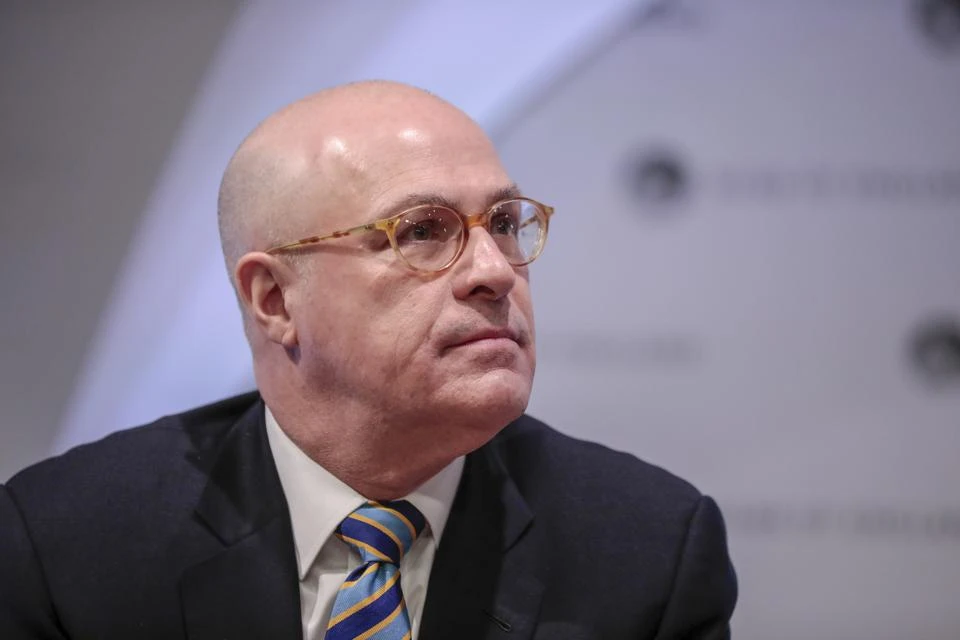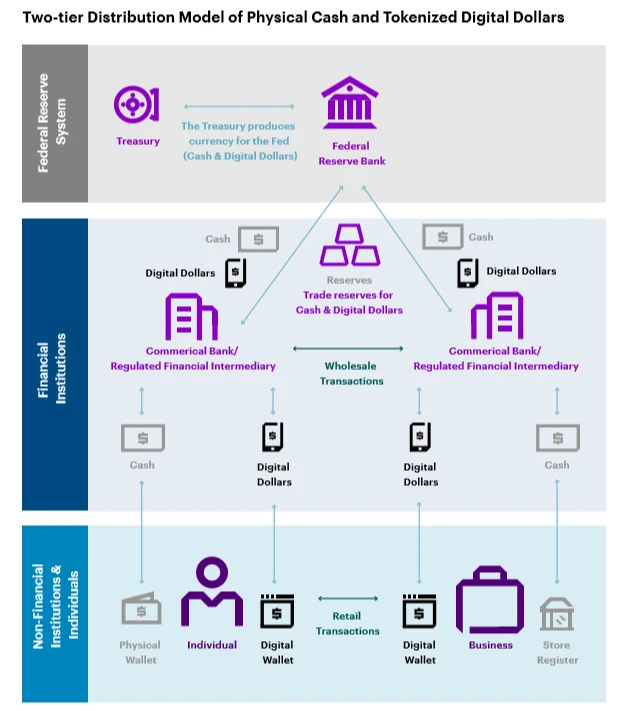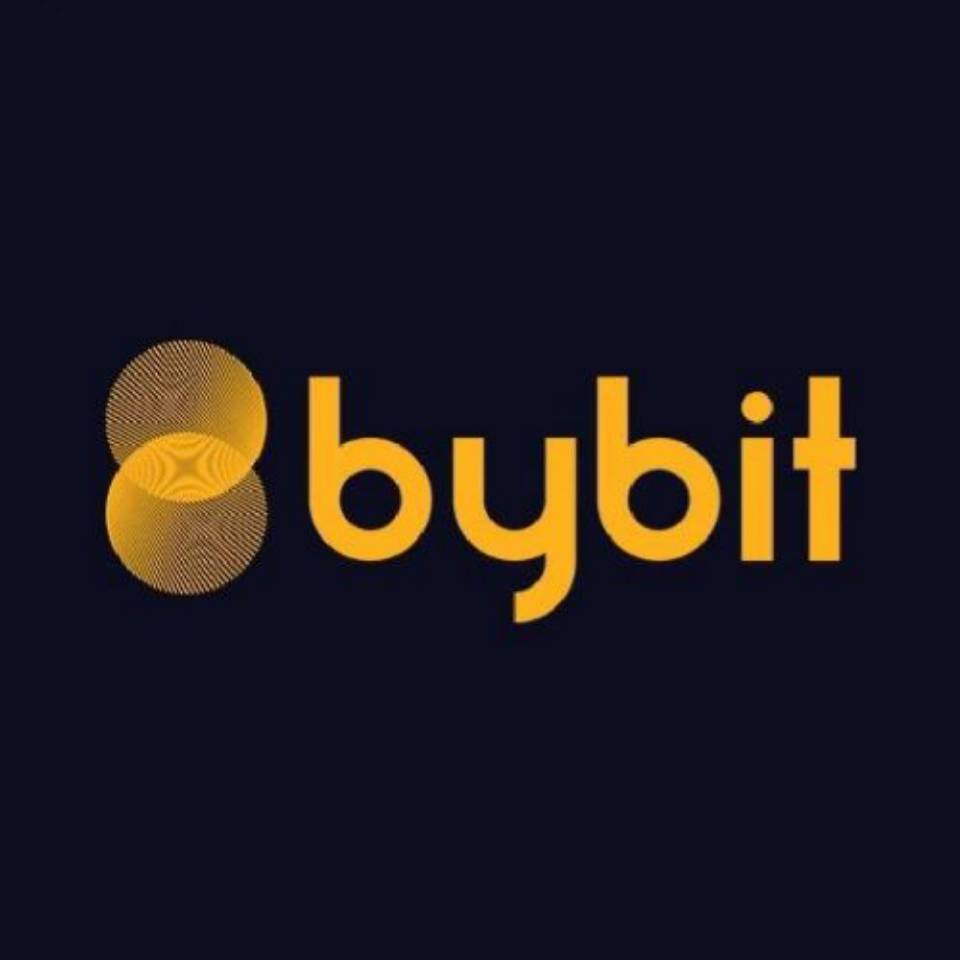key points
80% of the worlds central banks are willing to launch a state-backed digital currency
The G7 plans to coordinate discussions on a central bank digital currency (CBDC) amid heightened competition for digital currencies as China launches its DCEP pilot
The United States is determined to challenge China’s dominance in the digital field, and Congress holds frequent hearings on the feasibility of a digital dollar
From mid-June to mid-July, the U.S. Congress organized multiple hearings to discuss the feasibility of a digital dollar in response to intense competition from CBDCs. The idea of a dollar-backed digital currency gained mainstream media attention during the 2019 Libra congressional hearings, where Facebook proposed a new digital currency backed by a basket of currencies and commodities.
image description

image description
Source: Reuters
Likewise, China’s central bank has beaten most of its competitors on the CBDC front, launching pilots of a digital currency electronic payment (DCEP) system in at least two major cities. The momentum of these pilots has gradually increased, showing the vision of DCEP to change the status quo of Chinas currency operation. According to the Global Times report, Wang Yongli, former vice president of the Bank of China and director of the Strait Blockchain Research Institute, said that digital currency can certainly replace cash, but it should not be limited to this.
U.S. policymakers are also enthusiastic about the idea of digitizing their national currency. Adoption, however, remains relatively slow, as evidenced by the mounting regulatory hurdles Libra faces after last years House hearings.
image description

image description
Source: Bloomberg Finance
image description

Source: Digital Dollar Project
The Digital Dollar Project pointed out that the new US CBDC must carefully design the infrastructure and meticulously implement privacy protection measures in order to continue the core values of the United States.
The white paper urges the U.S. government to thoroughly consider its role in the global innovation process and the extent to which its core values will be incorporated into the principles and design of future systems. The future requires an overhaul of the monetary system to keep pace with entities that are evolving in size and programmability. The white paper envisions that the reserve currency of the future will be a tokenized currency that can measure, back and trade things of value in the digital world.
When Giancarlo pitched his ideas before the U.S. Congress, Congress saw the concept of a digital dollar as a potential weapon that could be used on the new digital front. However, Congress also sees a digital dollar as a means to modernize the U.S. payments infrastructure to eradicate poverty and improve fiscal performance during the COVID-19 pandemic.
In this multi-polar global financial system, the digitization of money may become the decisive factor for the success of an economy. Not surprisingly, the G7 summit, postponed until later this year, will include discussions on CBDCs to chart the latest developments in the field. The discussions will also look at China’s growing influence over CBDC research, as China’s digital yuan, currently in trial operation, poses a serious challenge to the dollar’s dominance.
Central bank digital currency competition can further promote mass education about digital currencies, and in turn accelerate the adoption of encryption technology. Since the adoption of CBDC can improve the digital infrastructure compatible with different types of cryptocurrencies, in the long run, it can not only greatly promote the development of the encryption field, but also reduce the barriers to entry into the encryption market.










